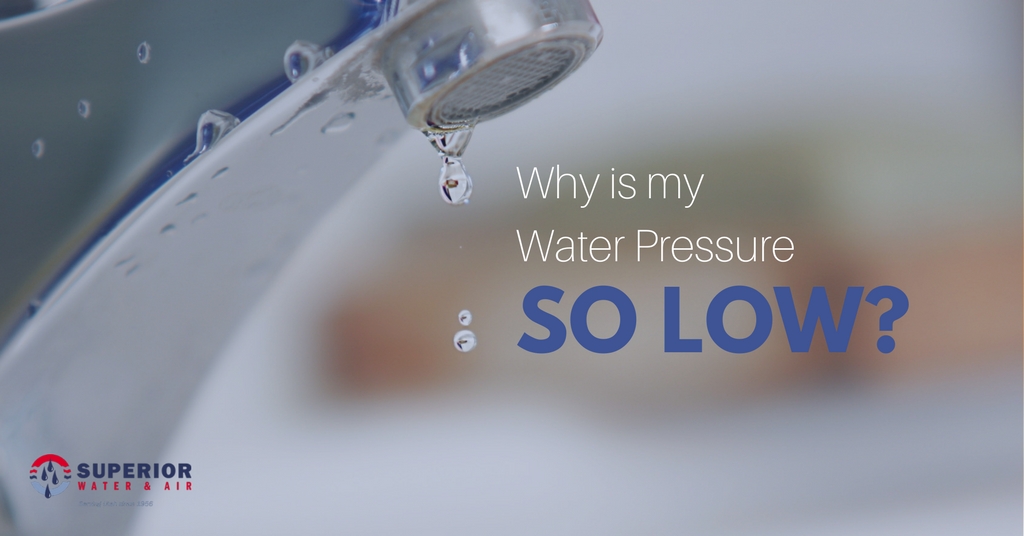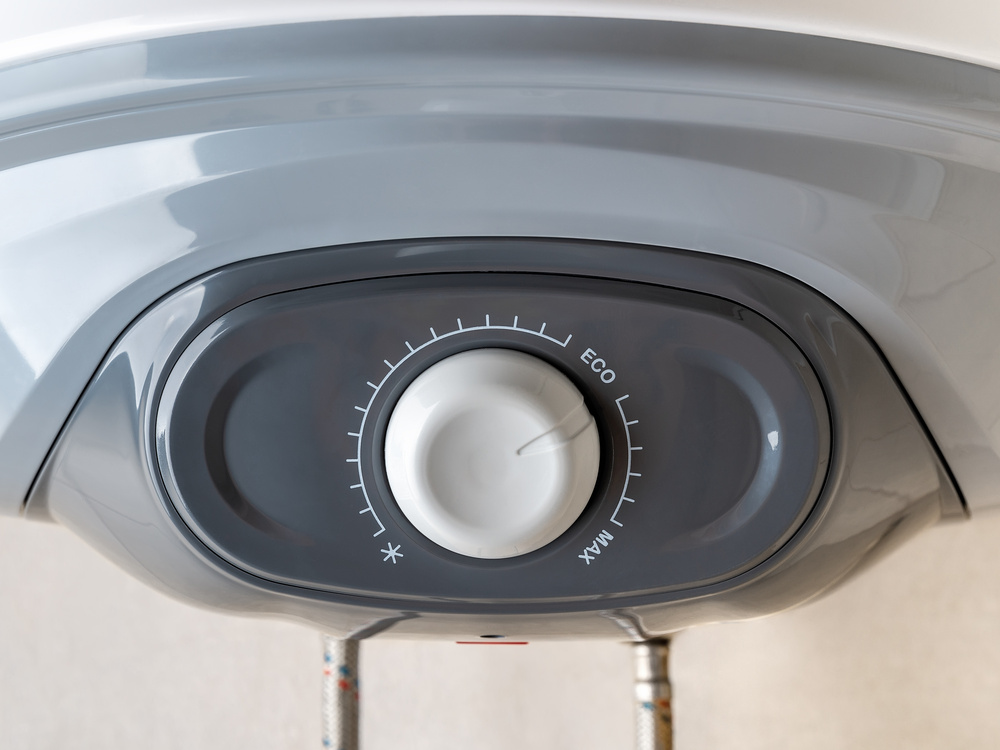Call or Text
801-438-4793
Why Is My Water Pressure So Low?
November 20, 2015
Most people have experienced low water pressure in their home. This problem can range from a small valve issue to a major pipe concern. Not only is this problem worrisome it is also incredibly irritating. Having low water pressure makes everyday tasks like taking showers or doing dishes difficult and not to mention time consuming! When it comes to plumbing, it is important to take immediate action before the problem worsens and costs you a fortune to fix. Below are the most common causes of low water pressure, tips for troubleshooting, and repairs.
Why Your Water Pressure is Low:
- Mineral Deposit Build-Up
- Water Leaks
- Pressure Regulator Issues
- Low pressure Sent to Your House
- Debris in Your Water
- Water Valves Open or Closed Wrong
How to Identify and Solve These Problems
To be able to properly repair your low pressure plumbing problem you must first identify it. In some cases you will have to troubleshoot the problem by exploring every possible cause until you find the real issue and can make repairs. Here are a few things you can check to find the real cause of your home’s low water pressure.
1. Look for Debris in the Water
There are a variety of things that can build up in your pipe, from rust to plastic. If you have iron pipes, it’s important to note that they tend to rust as they age. This rust then breaks loose and clogs up the aerators, valves, and other narrow areas throughout your pipes. Sometimes algae can grow in your pipes or aerator and also cause clogs and reduced water flow. The plastic pipe inside of the water heater can disintegrate and the pieces of pipe can plug up the plumbing fixtures.
If you’re finding plastic or algae on your aerator, clean it or buy a replacement. If this does not work, the faucet could be plugged up deeper down. To check for this, shut off the valves to the sink, disconnect the supply pipes from the shutoff valves to the faucet, point them into a bucket, turn the valves on, and see if a lot of water comes out. If a lot of water comes out, then the problem is inside of the faucet. If there isn’t a lot of water that comes out, then the problem could be in the supply valve or supply piping.
2. Inspect the Pressure Regulator
If the pressure regulator goes bad or stops working, it can cause your home to have low pressure in some or all of your fixtures. The bell-shaped device is typically located below the hose connection in the front of your house. This is one of the plumbing problems that is better left to a professional if you are not sure what you’re doing. Attempting to fix this yourself can cost you much more in the future than having a plumber fix it for you at a reasonable price.
3. Test for low Pressure Going to Your Home
You can test to see if your home has low water pressure by buying a water pressure test gauge with a hose connection that screws onto the hose faucet. Make sure your test is with all of the other fixtures in the house turned off. When looking at the results, 40-50 psi is considered low pressure, 55-60 psi is good pressure, and above 80 psi is too much. If the city is only delivering low pressure to your home, there are two things you can do:
- Have a pressure boost system installed in your home
- Install bigger water pipe sizing
4. Check Your House’s Main Shutoff Valves
The main shutoff valves turn easily which makes homes prone to having them move around without anyone noticing. If the main water valve in your home isn’t completely shut off or not turned on completely, it will affect the water flow in your whole home. Be sure the main valve is fully turned on if you have low pressure problems. If the valve is built without a full-size passage, that could also be restricting your water pressure. If this is the case, a plumber can spot the wrong size valve right away and replace it for you.
5. Repair any Water Leaks
Cracks or damage to the pipes servicing your house could lower your water pressure because not all of the water is making it to your home. Check your pipes for any possible leaks or damage. A trick to figuring out if you have a leak in the main pipe is to shut off the water valve in your home and mark down the meter reading showing on your water meter. Come back two hours later and read the water meter reading again. If the meter reading increases, then you have a leak.
6. Clean up any Mineral Deposit Build-up
Over time pipes can accrue mineral deposit build-up, causing your showerheads and faucets to plug lowering your water pressure. Clean the mineral buildup out of the faucets and showerheads. This may help with your water pressure problem. If the cleaning doesn’t fix your water pressure and you are positive that mineral deposits are causing your problem, it’s time to call a plumber.
Pressure Still Low?
You can try to diagnose your low water pressure problems on your own and then test different repair methods to see if it works. If you can’t fix the problem, it is important to call a plumber before the problem worsens. It will save you time and money to call a plumber from the start to make sure the right repairs are being made. Superior offers free plumbing inspections, call today to take the pressure off you and back in your faucets. Contact (801) 803-6940 or visit our schedule an estimate today!
Recent News

How to Prevent Mold in a Utah Home After Plumbing Repairs
September 11, 2025

A Utah Homeowners’ Guide to Smart Thermostats
September 10, 2025

My Water Heater’s ECO Switch Keeps Tripping – What Does It Mean?
August 21, 2025

Calling a Contractor for HVAC Services Shouldn’t Be a Nightmare
August 20, 2025

7 Hidden Fittings That Make Your Plumbing Work
July 21, 2025

Never Underestimate the Value of Your Furnace and AC Filter
June 25, 2025

